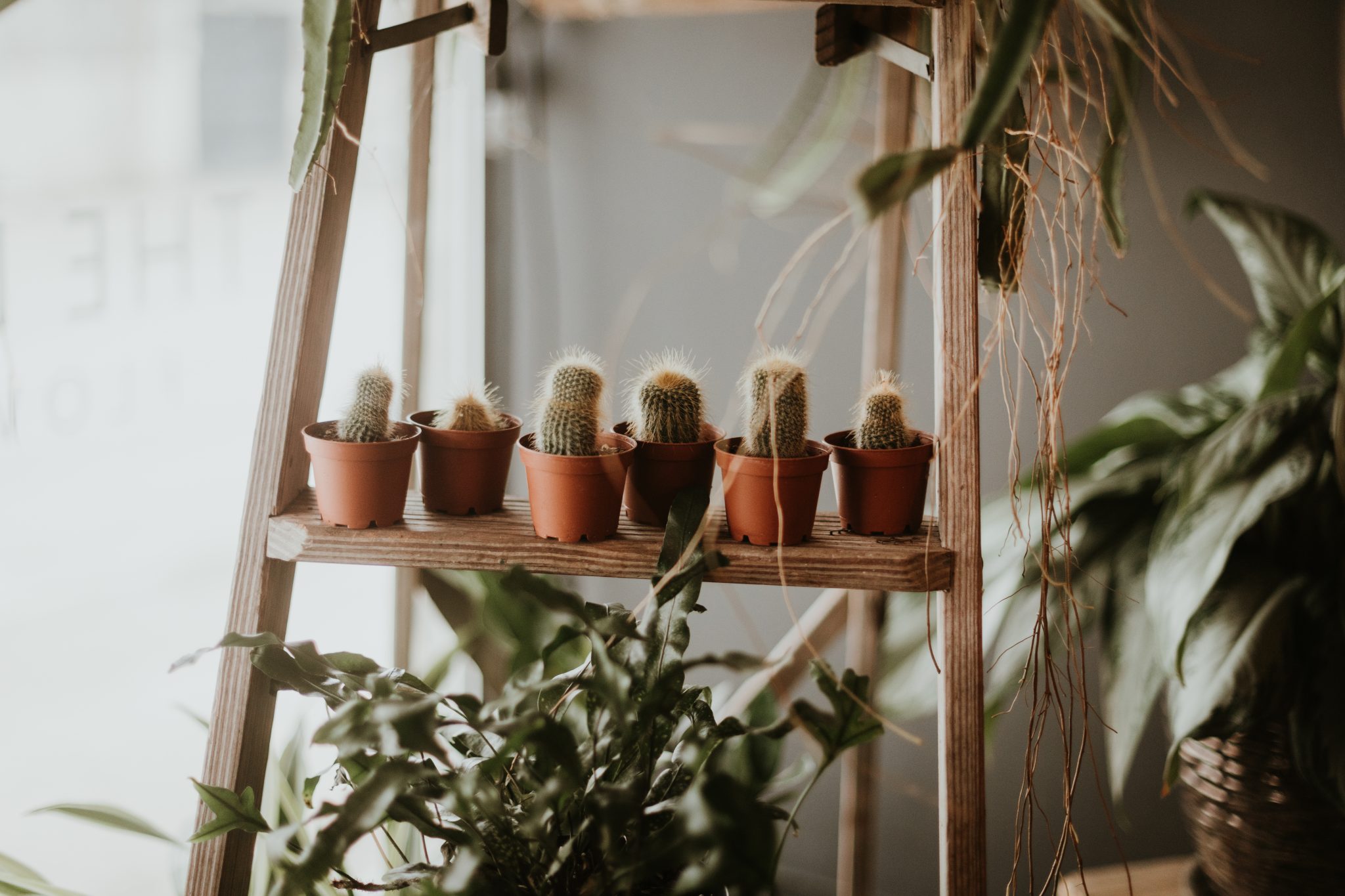Home decor: a wasted investment or mental health necessity?

Crowds not unlike those of Black Friday — the American one, that is — often flock to home furnishing stores during the back-to-school season. After all, the home decor market is predicted to surpass $770 billion by 2024. This can reveal a common desire for a comfortable space tailored to our likes.
It also calls attention to whether home decor is important; or if we should spare ourselves the time, money and surprisingly difficult process of assembling wallpaper. That said, interior design can be a tool to improve well-being.
Namely, here are three ways home decor can support quality of life — and the costs involved in each.
The most you
“I wouldn’t say home decor is any different from other forms of self-expression,” Anne Wilson, psychology professor at Wilfrid Laurier University said. She was quick to add that budget plays a role and can be limiting.
From minimalism to vintage, the range of interior design styles allow those with the financial means to create living spaces that show personality.
“It can be a reinforcing way of identity expression,” continued Wilson, “When people believe their space reflects something authentic about themselves, that tends to make them feel good.”
The cost of attuning a home to individual tastes depends on size, style and amount of work needed. For those who opt for an interior designer, the price is $1893 to $11,180 on average.
Catch a breath
Through acts such as enhancing air quality, houseplants not only reduce stress but improve concentration and memory retention as well, according to Texas A&M.
In this case, the cost is two-fold; money and time. An indoor plant from Home Depot can be up to $59.97 and must be watered, fertilized and in certain cases, pruned regularly. This can be stressful — 67 per cent of millennials surveyed by OnePoll believe the care process to be more than bargained for — while an NCBI study found interaction with indoor plants can be soothing.
Buckling Down
We’ve all been there; faced with a daunting goal that we unconvincingly promise ourselves to “start tomorrow.” In such situations, visible and memorable reminders come in handy.
“Having cues that inspire you, whether it’s a motivational poster or picture of yourself accomplishing something, can be helpful [with goal pursuit],” explained Wilson.
The main cost for wall decor is financial since little time and upkeep is typically needed. Depending on the style, a picture frame from IKEA can be up to $59.99 and a poster anywhere from $4.00 to $39.99.
Finding the balance
Home decor’s popularity can be seen as yet another case of rampant consumerism. It can also show an effort to set foundations for happiness using material items.
One truth is clear; it’s costly but doesn’t need to be. Cheaper alternatives aim to serve as a welcome solution for a more subtle living space.
“It doesn’t have to be a fancy or expensive space, right?” Wilson said. “It’s a worthwhile reminder to do it for who you are.”

